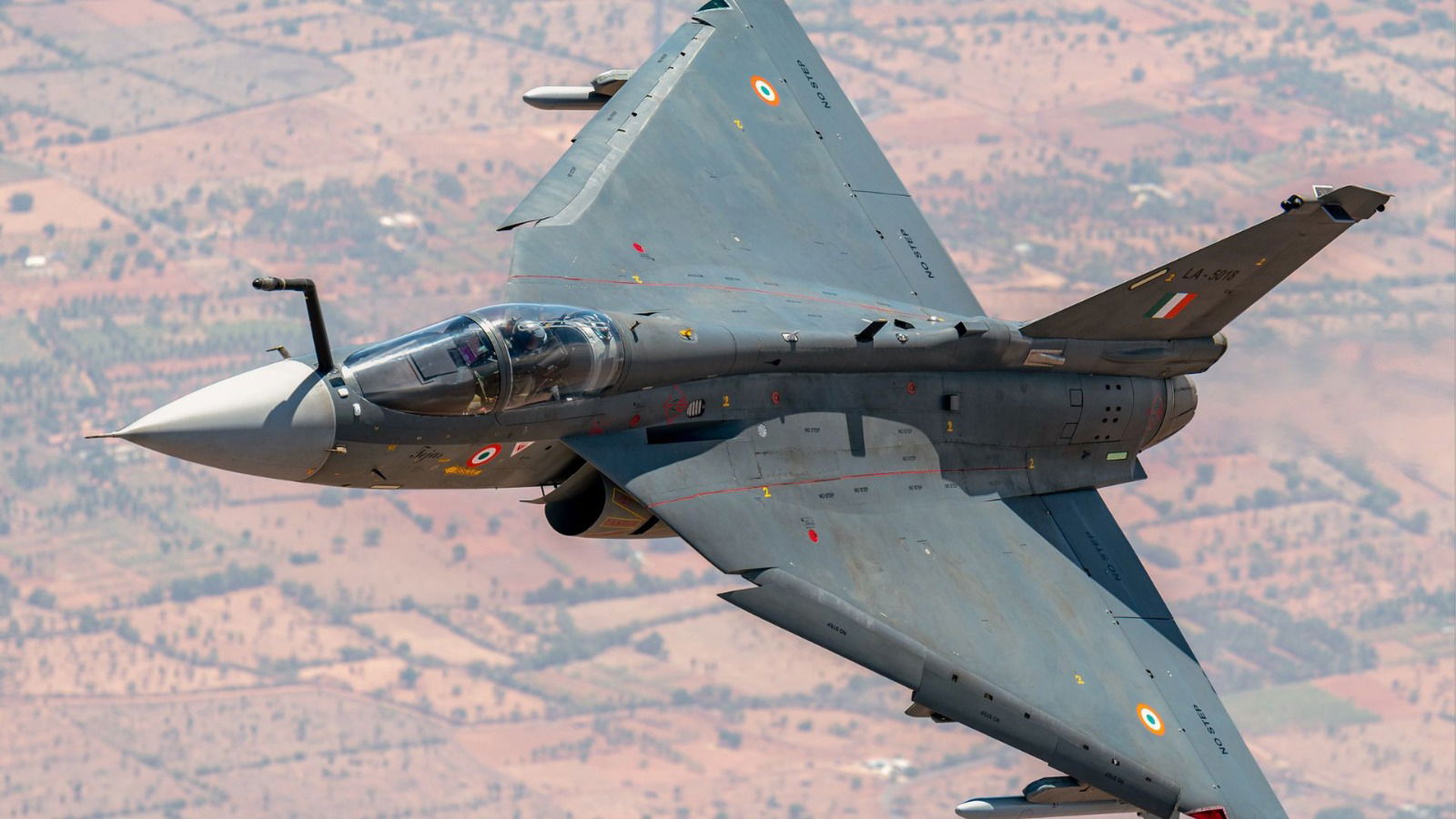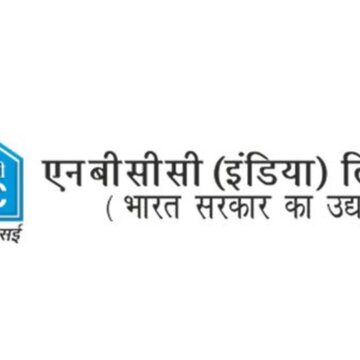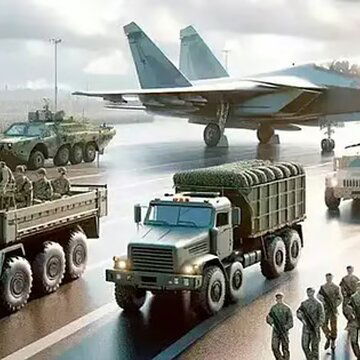India plans to spend an amount of $7.4 billion (654 billion rupees) on fighter jet engines over the next decade. This expense is expected to cover approximately 1,100 jet engine programs currently in development.
The Indian Air Force is planning to achieve a 42-squadron strength by 2035 and deploy 450 fighter jets along the borders of Pakistan and China.
Key programs and potential suppliers
Advanced Medium Combat Aircraft (AMCA) engine
A significant portion of the amount is to be used for co-developing a 5th-generation stealth fighter engine with an international partner to power the AMCA HAL Tejas Mk2 variant.
France’s Safran aerospace company is India’s partner to co-develop a 120-kilonewton (kn) engine with full technology transfer.
Rolls-Royce (UK) and General Electric came forward to show their interest in the co-development program.
Light Combat Aircraft (LCA): General Electric of the United States is in talks about a deal for a more powerful GE F414 engine to be used in LCA Mk2 (HAL Tejas), along with a significant transfer of technology.
India continues its efforts to develop the indigenous Kaveri engines, with a derivative being eyed for a home-grown unmanned combat aerial vehicle.
The Economic Times reported S.V. Ramana Muthy, director of India’s Gas Turbine Research Establishment, said at an event in New Delhi that, “There is a need to work in mission mode to create an ecosystem for an indigenous fighter engine. The country needed infrastructure such as a high-altitude testing facility, along with an industrial base.”
The sole reason for this co-development strategy is to uplift India’s defence manufacturing capacity and secure critical technology, along with the government’s self-reliance push.
This $7.4 billion is not just an expenditure for purchasing technologies, but a long-term strategic investment to achieve self-reliance (“Atmanirbhar”) and create a cutting-edge domestic aerospace industry, which is vital for India’s future security and global standing.











